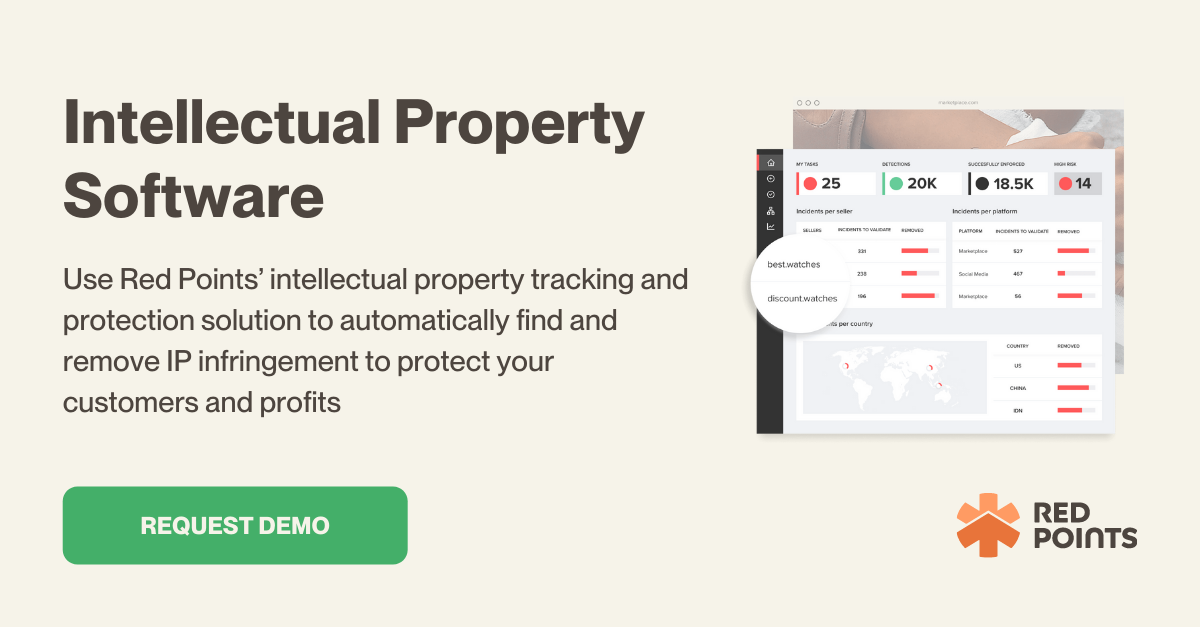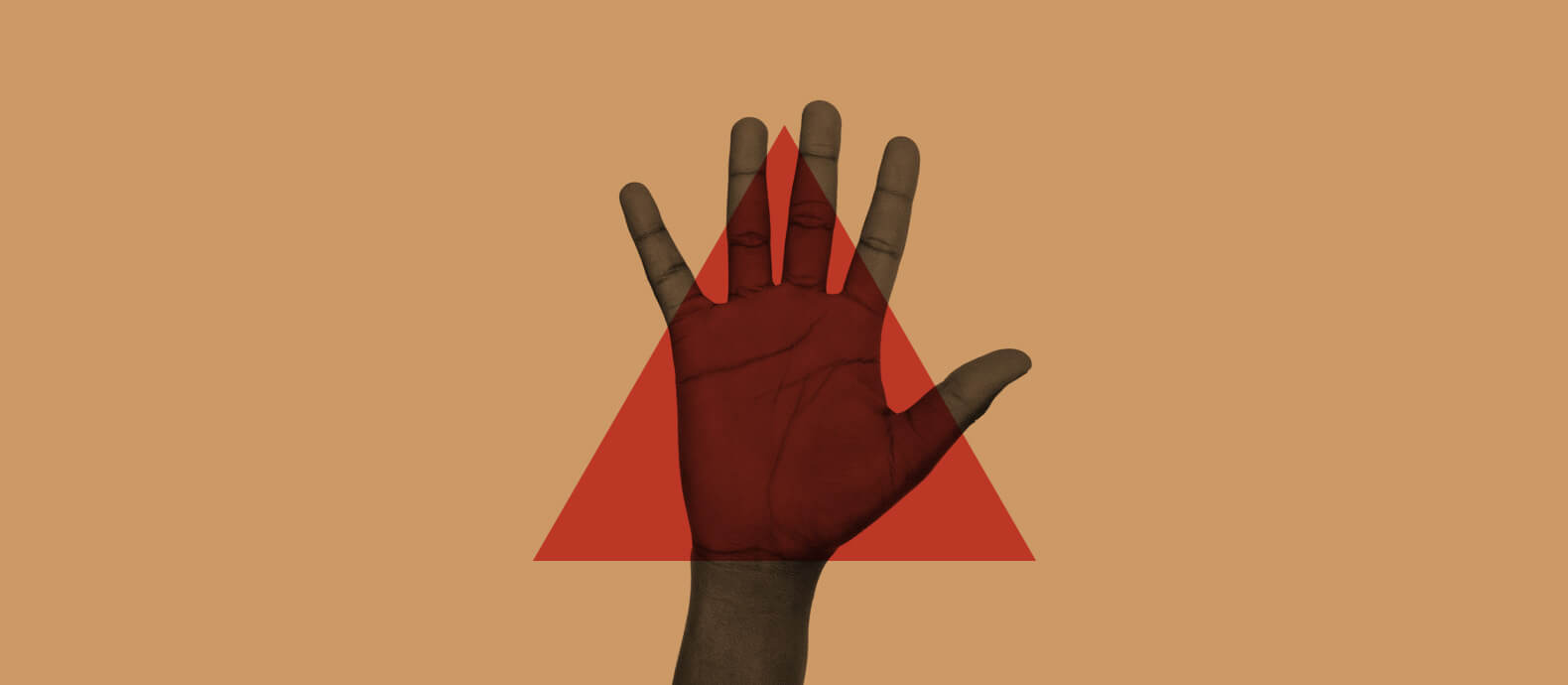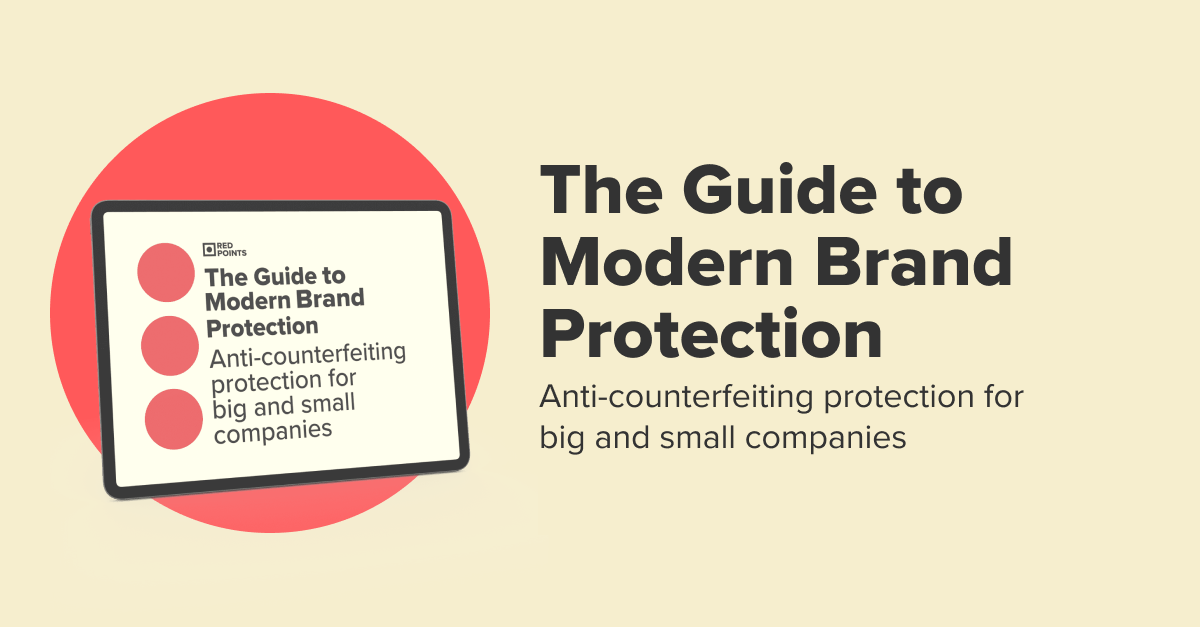Intellectual property encompasses a wide range of topics, from the company’s brand name and logo to its products, services, and operations. Using these concepts without the organization’s authorization will almost always result in losses for them.
There is no doubt that the internet has benefited almost every business by making it possible to connect with people all over the world for a low price, but it has also increased the likelihood of infringements on the intellectual property being committed by third parties. As a result, protecting intellectual property has become one of the most crucial tasks in today’s commercial world.
In this article, we go in-depth on what constitutes Intellectual Property and how best to protect it from malicious scammers.
What is intellectual property and how is it protected?
Intellectual Property Rights are essential for promoting research investment since, without them, investors and innovators would be unable to profit from their creative work.
Intellectual property can be classified into different categories:
Copyright
Images, language, product packaging, labeling, and the actual product are all protected by copyright laws. Copyright registration for this form of intellectual property is inexpensive, and anyone found guilty of copyright infringement faces legal penalties, including attorney expenses.
Among the copyrighted works are films, videos, photographs, articles, and computer programs. For the most part, it’s possible to copyright software because of the ingenuity used in the selection and arrangement of distinct portions of code.
Trademarks
A trademark is a sign or a collection of marks that can be used to distinguish goods or services. Personal names, letters, numerals, figurative elements, color combinations, and combinations of such signs, as well as combinations of such signs, are eligible for trademark registration.
The owner of a registered trademark has the sole right to prohibit all third parties who do not have the owner’s authorization from using identical or similar marks for goods or services in the course of business. A trademark’s initial registration and any renewal registration are for a period of at least seven years. Trademark registration can be renewed indefinitely.

Patents
Patents are mostly used to protect novel ideas or techniques, as well as any newly engineered plant species or strains that have been developed. A patent is a sort of intellectual property that grants its owner the exclusive right to prevent others from creating, selling, or importing an invention for the next twenty years at the most. The US Patent and Trademark Office is in charge of issuing patents in the United States. It is only after the issuance of a patent that an inventor is granted ownership of his creation.
There are a variety of patent-issuing procedures in each country. As a result, the US patent is null and void on the world market. The three types of patents issued by the United States Patent and Trademark Office are utility patents, design patents, and plant patents.
Trade Secret
As a rule of thumb, a trade secret refers to knowledge that is not readily available to the general public. Competition is assured for those who own it. Keeping a trade secret under wraps is essential for its success. Non-disclosure procedures and policies and practices restricting access to that information are used to achieve this goal.
Coca-formula, Cola’s for example, is protected as a trade secret by the Coca-Cola Company. By guarding this formula, Coca-Cola is preventing other companies from duplicating its product.
Industrial Design
According to this definition, a product that has been designed to be more functional, usable, or visually appealing is an example of an industrial design. These designs belong to the artist because of the Industrial Design Act. The visual appeal and uniqueness of an industrial design are essential to securing its copyright. The Patent Office grants industrial design patents to cover just the product’s non-functional aspects.
As a return for their hard work and financial commitment, designers receive industrial design rights. Protective measures are typically in effect for a period of 10 to 25 years, divided into terms. If you want to keep your registration for these kinds of intellectual property for an additional period of time, you will need to renew it.
Database
Database rights were created in 1996 specifically for the purpose of safeguarding databases. If a significant amount of effort was put into obtaining, presenting, or validating a database’s contents, then the individual has the right to do so. Financial, human, and technical resources are all part of the investment. This person is responsible for collecting, confirming, and presenting database content to the general public, which includes the original owner of the database.
There is also the risk of investment for the inventor or manufacturer. This gives the owner of the database the ability to prevent anyone from extracting or reusing any of the database’s contents. Until the end of the 15-year period, the right is granted. There are 15 years of protection for databases that have been published inside this window of time.
Unfair competition
Deceptive business conduct that is prohibited by statute, regulation, or common law is considered unfair competition. Trademark and copyright infringements, unauthorized appropriation of trade secrets, as well as actions for publication of defamatory statements are all included under this umbrella term.
Businesses make significant financial, intellectual, and innovative investments in order to set themselves apart from the competition and improve the quality of their products. By providing firms with incentives for supplying better products and services than their rivals, it also hopes to increase competition.
5 best ways to protect intellectual property
1. Registration of trademarks and utility patents for all products is an important first step in combating alleged IP infringement and increasing e-commerce revenue. However pricey, this is one of the best investments firms can make to preserve control of their brand online and off.
But a typical mistake is to presume that covering all the nations where the product is going to be sold is sufficient.
2. To be effective in today’s digital age, where counterfeits spread at the speed of light, trademarks should include areas with greater counterfeit rates. This initial safety net will ensure future success in all major e-commerce anti-counterfeit systems, such as Amazon Brand Registry and eBay Verified Rights Owner.
3. It’s important to share nondisclosure agreements (NDAs) with potential partners before agreeing to work together because doing so without securing personal information puts a company’s reputation in jeopardy. This is another easy win when fighting online infringers
4. Registration of the most obvious brand variations is also an efficient technique to defend a brand against the cyber theft of trademarked domain names by domain name claimants.
Cybersquatters who claim domain names based on trademarks belonging to legitimate companies can be stopped by using this method.
When using Red Points’ domain takedown solution, bogus websites can be found and reported automatically via search engines and domain databases, thanks to an analysis of these sources. When a domain is shut down, Red Points promptly notifies the domain registrant, the CMS platform, and the server hosting provider.
5. One of the most pressing issues arising from the internet’s rise is the proliferation of online counterfeiting. AI technology can assist address this problem. Traditional IP enforcement measures have been made ineffective by the sheer volume of online retail platforms and the speed with which counterfeiters can now make and advertise fakes.
To brands’ advantage, the finest brand intelligence platforms can analyze a lot of data and learn from new customer situations more quickly and intelligently, which means that they can provide actionable data to help firms improve their IP strategy and find brand abusers.
Find and deal with thousands of IP infringements automatically using cutting-edge brand protection technology like Red Points, and prioritize your attention on the most serious offenders.
Automated crawling of the internet and strong image recognition ensures that Red Points Intellectual Property software finds potential infringements for you. It also incorporates machine learning, which may identify trends and keywords that might help you become more efficient.
What’s next
A strategy for doing business is strongly recommended, particularly in terms of how trademark rights are handled. A trademark is one of the most valuable assets you may have.
It is possible to increase online sales, provide actionable partner compliance analytics, maximize advertising spend, reduce negative feedback, and offer a far stronger brand reputation by using a holistic approach to online brand protection by leveraging conventional IP rights and technology.
Registration of your IP may be more expensive upfront, but the risks of not doing so may outweigh it in the long term.
In order to secure your clients and profits, employ Red Points Intellectual Property software that uses a strong intellectual property tracking and protection mechanism.






